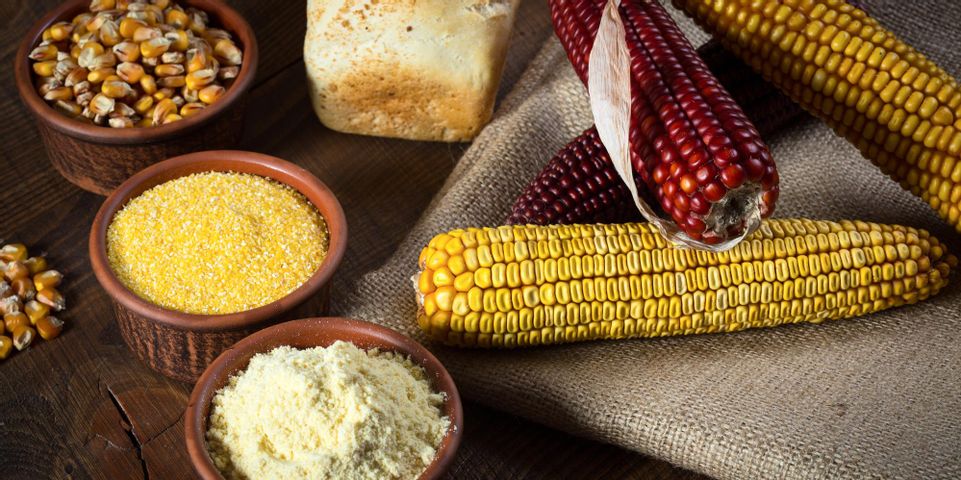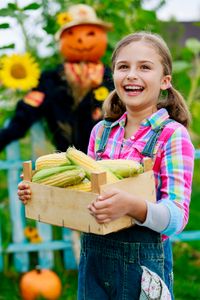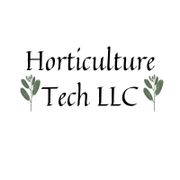A Brief History of Corn as a Crop

Delicious as soup, grits, fritters, pudding, or just on the cob, corn is one of the most versatile plants. It can be sweet or savory, smooth or grainy! However, while its culinary qualities are noteworthy, its development as a crop deserves focus as well. If you’re unaware of its history, here’s what you need to know.
Corn Crop Domestication Basics
Beginnings
Native to North America, this cereal plant, which is also known as “maize,” was first domesticated in Mexico sometime before 4000 B.C. It is believed to have been cultivated from the teosinte plant, which is a type of wild grass that looks vastly different from modern species of corn. For example, teosinte has longer side branches and the kernels of its ears have less than a dozen kernels, most of which have a hard casing. The kernels on maize, however, can number as many as 500 or more!
 Cultivation into Corn
Cultivation into Corn
There were a few methods that early farmers used to develop teosinte into the plant people recognize today. One of these techniques was to plant teosinte kernels that were tastier, softer, and had lost their hard casings. By focusing on planting these, rather than those with protected kernels, they could yield crops with more edible plants. Another innovative strategy was to strategically prune the branches so that the ears would be fewer in number but larger in size.
Modern Development
Today’s farmers continue to improve the quality and growth rate of their corn crops by employing different methods. These include tasks like carefully scheduling the sowing season, enhancing soil conditions, and designing water drainage systems to prevent waterlogging. Crop rotation is another solution. If you plant seeds consecutively in an area, the repeated growing process will deplete the soil of the same nutrients. By rotating the crop and planting something new, the ground becomes more fertile since it has a chance to replenish those nutrients and gain new ones.
At Horticulture Tech, innovations in plant cultivation are constantly being made. Based in Brighton, MI, they offer a variety of agricultural and floricultural solutions. Their vertical farming system, in particular, has helped farmers in a myriad of industries make the most of subpar growing conditions. Not only do these systems require less space, but they also use significantly less water and shield plants from inclement weather. All of these factors ultimately lead to a higher crop yield! For more information about these vertical farming systems, visit their website or call (810) 522-2794.
About the Business
Have a question? Ask the experts!
Send your question

